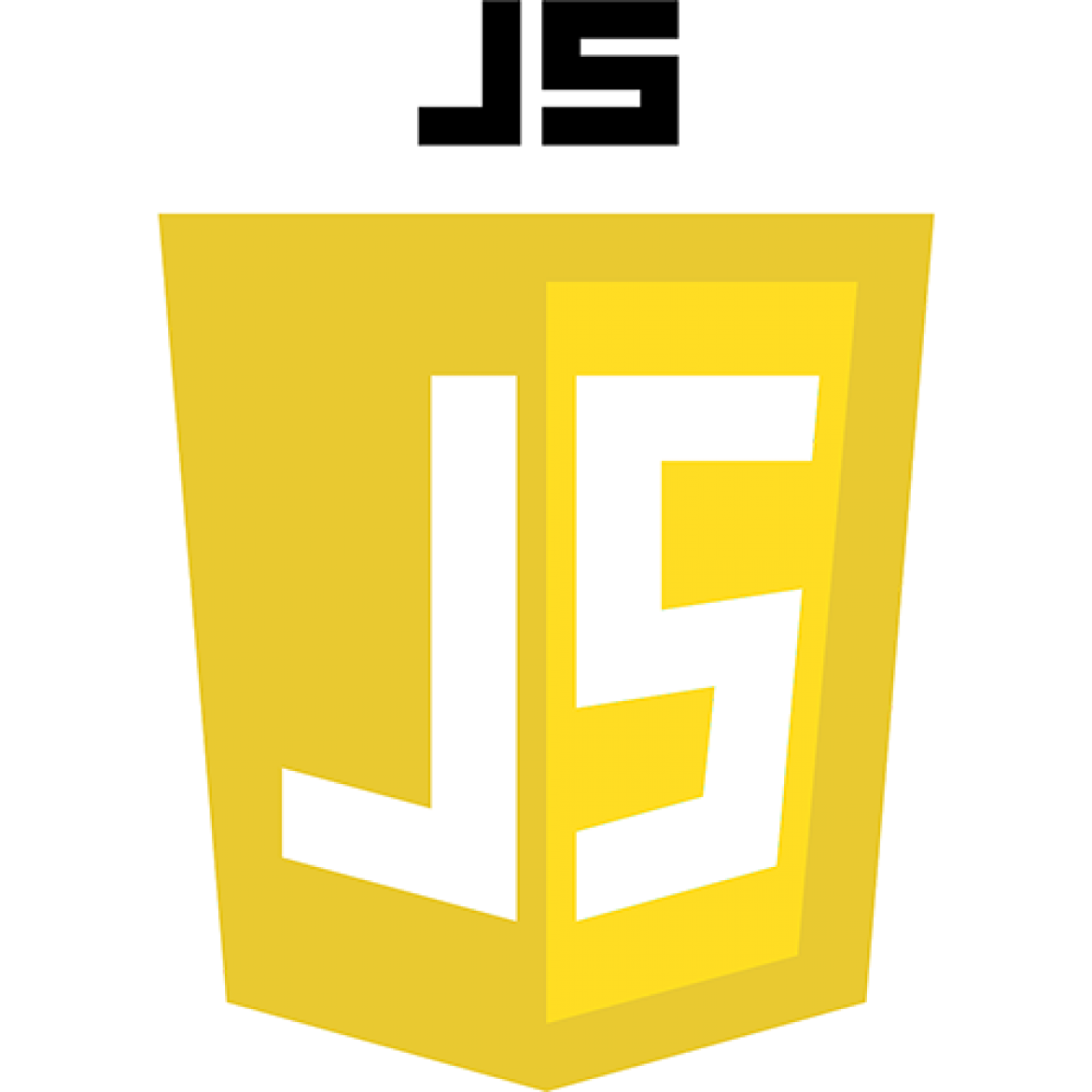Javascript

JavaScript is a prototype-oriented programming language. It reflects the ECMAScript language, whose prototype it was originally. The first variation appeared in 1995 and since then has been constantly improved until it comes to its present form.
Initially, this language is used in the development of applications and browsers to give them interactivity and liveliness.
On the client side (frontend), Javascript performs the following tasks:
- change browser pages;
- add or remove tags;
- change page styles;
- information about user actions on the page;
- request access to a random part of the source code of the page;
- making changes to the source code;
- performing cookie action.
On the server side (backend), Javascript runs on Node.
Node.js is brilliant at building lightweight REST / JSON interfaces. Non-blocking I / O and JavaScript make Node a great option for writing a wrapper around a database or web service that communicates with the client in JSON format.
Node.js applications are written in JavaScript and can be run in runtime on OS X, Windows and Linux. Node.js is great for scalable, high-load projects. It can also be used to create synchronous cross-platform solutions - for example, when you send a message from your phone, it is displayed both in the web version of the application and in the desktop one.
Using Node.js in Full-stack development (full-cycle development) allows you to write both front-end - the user part of the application, and back-end - the server part of the application in the same JavaScript programming language. This is pretty handy for linking parts of an application. It also allows front-end developers to easily master back-end development.